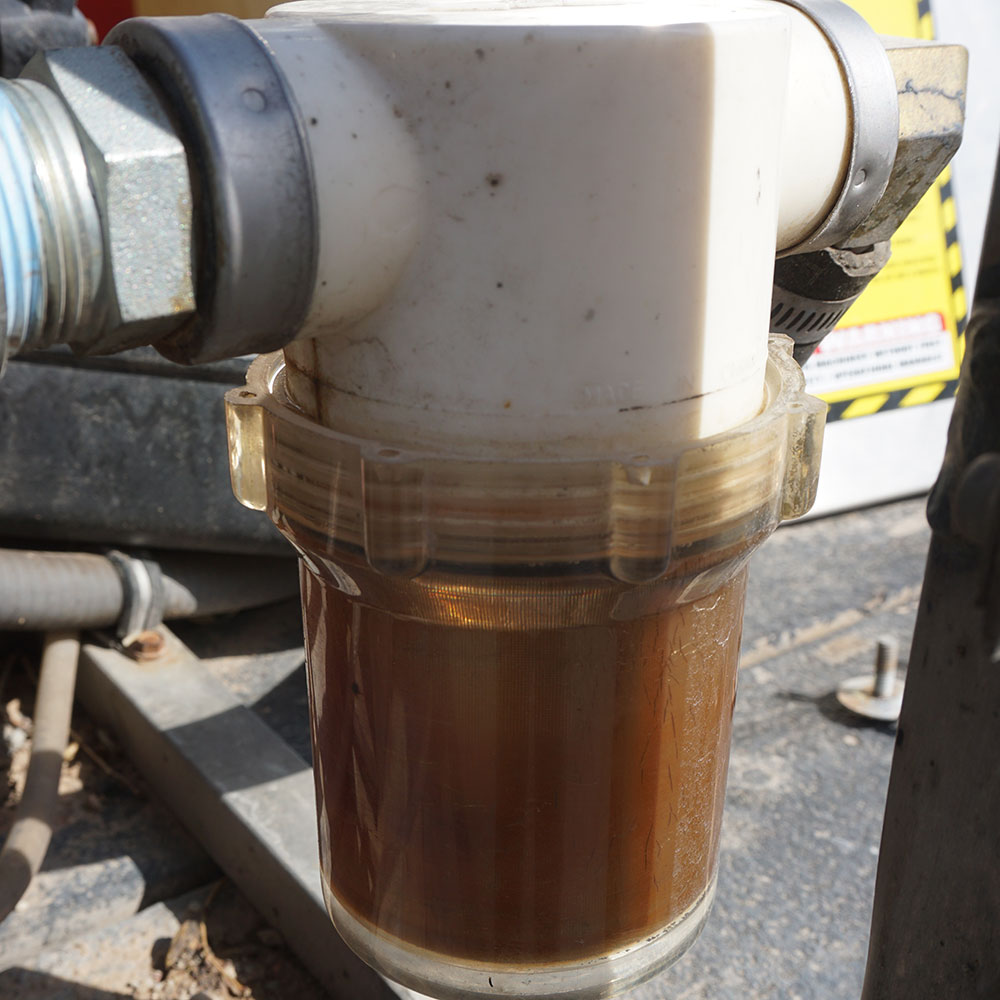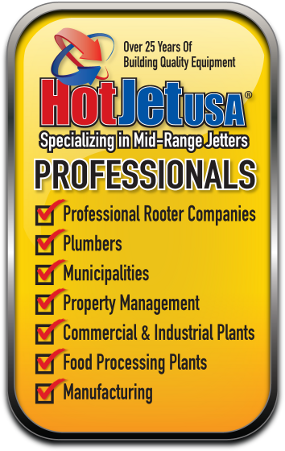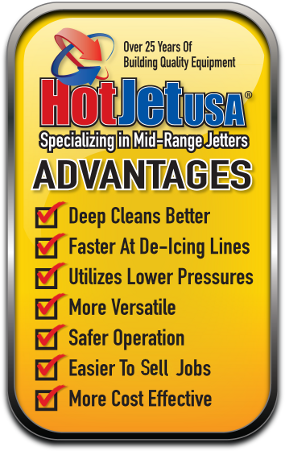Quick Jetter Service Tips: LOW PRESSURE Pt. 2
by Steve Roylance
Steve Roylance has worked at HotJet USA for 25 years and has over 30 years experience in engineering, maintenance and customer service. For any service questions/concerns, give Steve a call toll-free at 1-800-624-8186 or email service@powerlineindustries.com.
In the last issue of Quick Tips, we talked about common simple things to check for when your equipment is experiencing low water pressure. In this edition, we cover some other causes that may require digging a little deeper to figure out what the culprit may be.
If you’re still having pressure issues after verifying water supply, clean water filters and other checks we talked about in part one, there are also some parts related issues we can look into.
1. Experiencing low water pressure with hose shake. This could be due to a stuck check valve or debris in the check valve(s) causing the pump check valves to stay open. On the head of the water pump there are typically six large valve caps – 3 on top (horizontal) and 3 on the face (vertical). After removing the cap(s) you will see a plastic cage this can be pulled out using needle nose pliers, once out you will notice within this cage is a spring and a stainless steel puck at the other end, you should be able to push this puck using a ball point pen, make sure it moves and returns to seat making a good seal without debris blocking it or if the plastic cage is broken preventing proper operation. Check all six valves making sure they are all ok.
2. Another item to check is the unloader valve. This valve is basically a pressure regulator that maintains water pressure and bypasses water back to the water tank at low pressure when the trigger is released or hose reel valve is off. It is brass and usually has a black handle, blue or green spring. You can raise the pressure by turning the handle clockwise and lower it by turning it counter clockwise. This valve can also stick or fail allowing some of the water to always bypass back to the tank – not leaving enough volume to maintain full pressure at the nozzle. If you are using the correct nozzle size when the trigger is pulled there should be no water or very little water bypassing back to the tank and then 100% of the water goes back to the tank when trigger is released. If there is a substantial amount of water going back to the tank using the correct nozzle size then the unloader probably has failed.
3. The pump has packings and seals in the head that can wear out over time (usually a long time) or fail if the pump has been run dry without water for too long. Freezing can also distort the head beyond repair which if frozen is more cost effective to replace the whole pump. Worn seals can be replaced, the pump can be rebuilt but you may want to have a service center perform these types of repairs.











